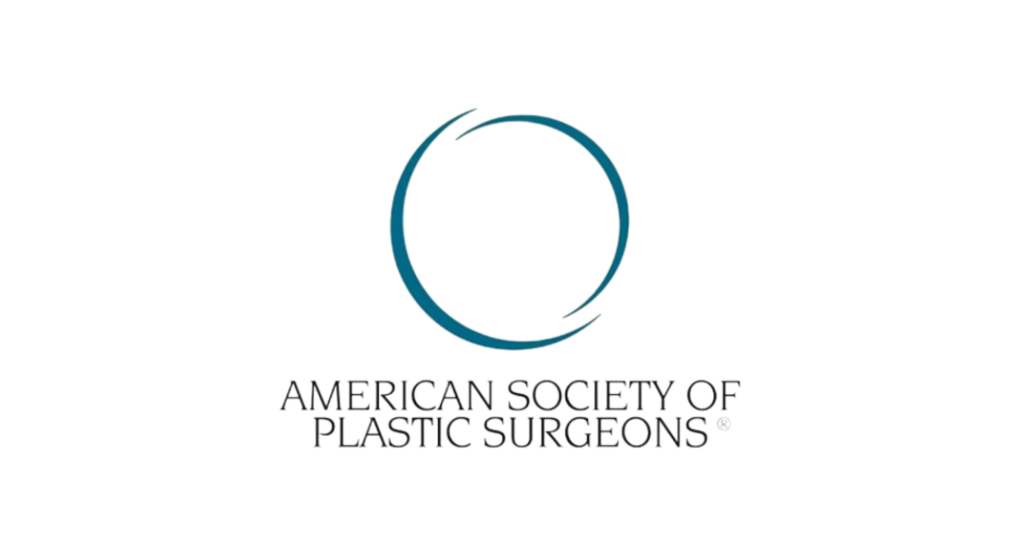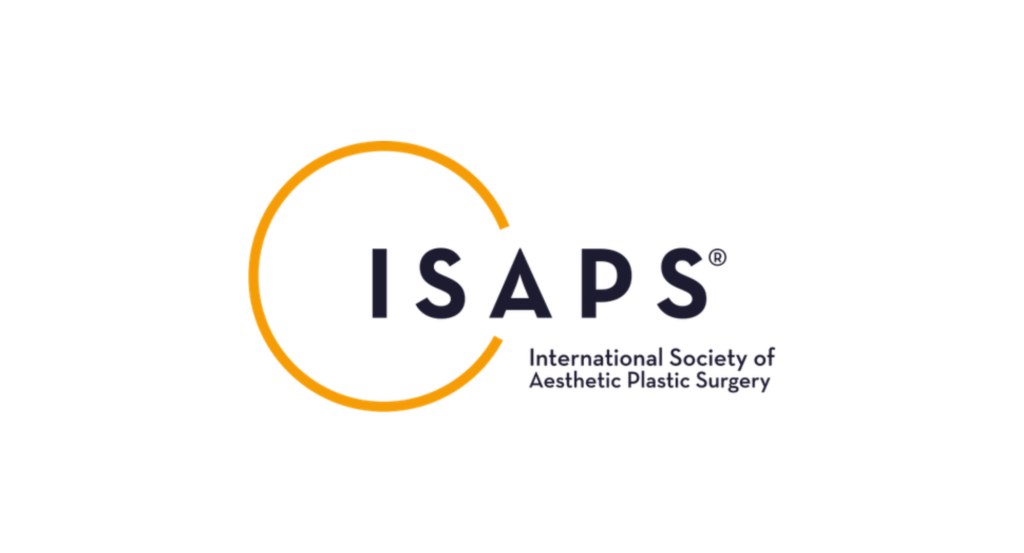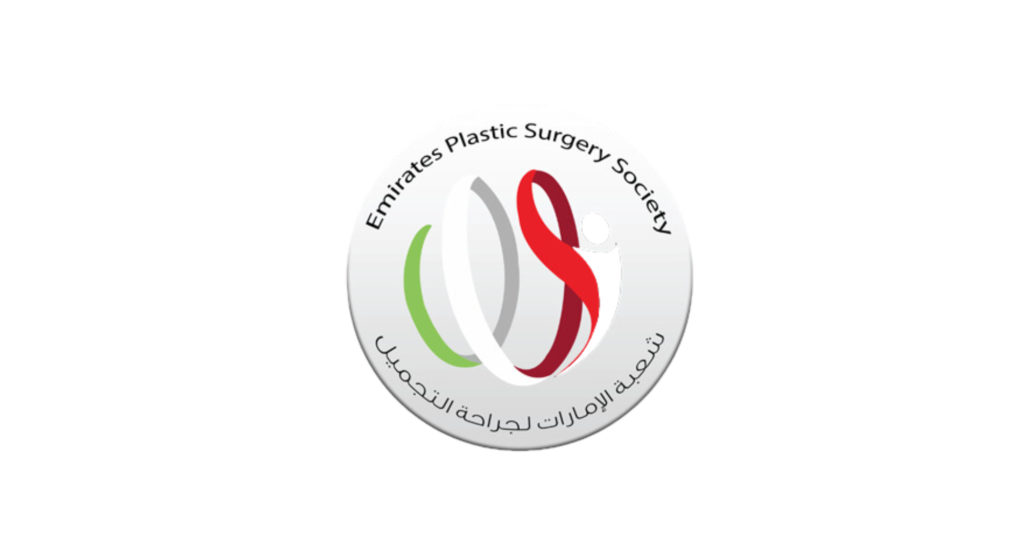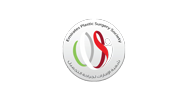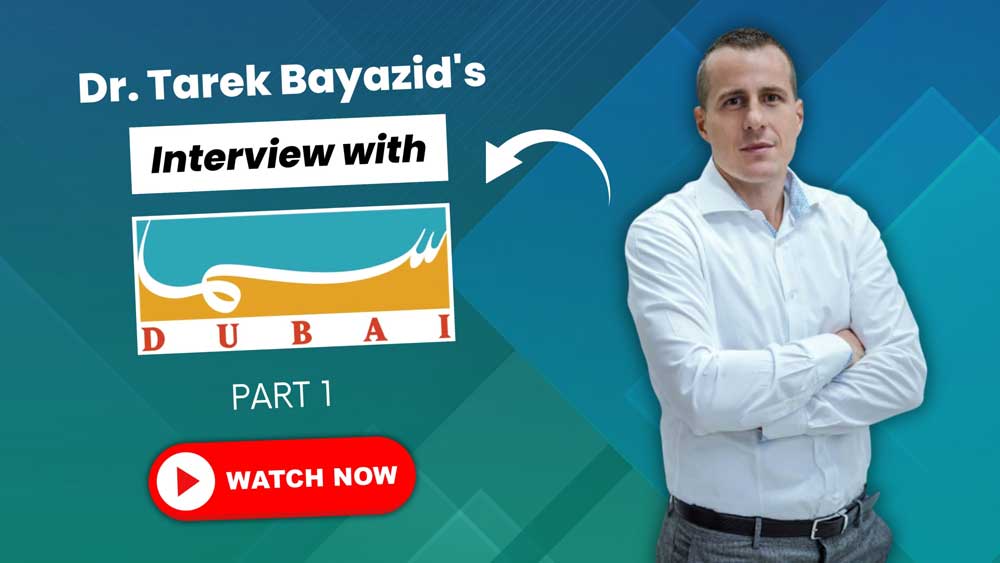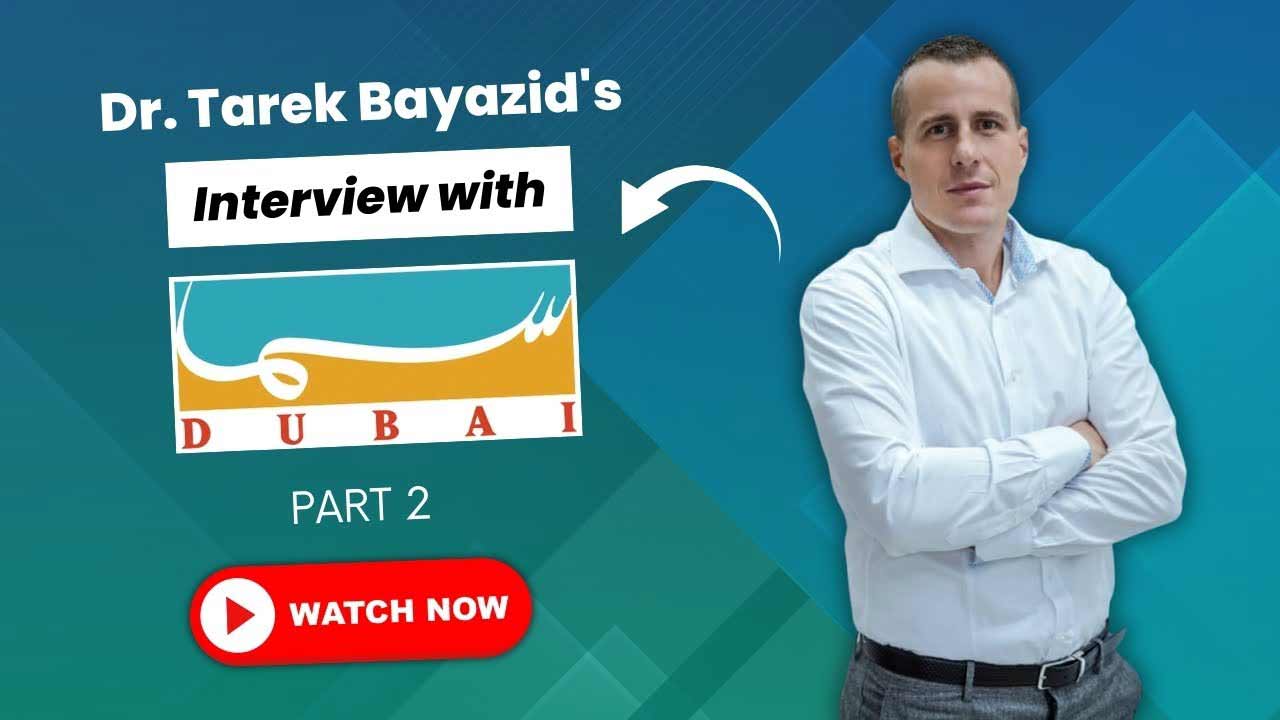Dr Tarek Aesthetics
Best Plastic Surgeon in Dubai
I help you look as young as you feel through cosmetic/ aesthetic surgery
What Dr Tarek’s Clients say on
Google Reviews
About Tarek Bayazid
Dr. Tarek Bayazid is a member of the American Society of Plastic Surgeons (ASPS), the International Society of Aesthetic Plastic Surgery “ISAPS”, and the Emirates Plastic Surgery Society (EPSS). He is proudly a member of the most prestigious societies worldwide such as the Melbourne Advanced Facial Anatomy Course – MAFAC from Australia by the eminent Dr.Mendelson.
Dedicated to excellence in Plastic Surgery Dr.Tarek Bayazid provides a wide selection of today’s most sought-after aesthetic procedures. His patient-focused approach and dedication to being at the forefront of his expertise have resulted in unsurpassed outcomes for his clients.
Whether you seek non-surgical enhancement or a full menu of surgical procedures, Dr Tarek Bayazid will deliver and execute a plan that impacts a patient’s life quality.
After receiving his MD from Belgrade University, Dr Tarek Bayazid completed his plastic surgery residency at the Clinical Center of Serbia. He trained under many notable plastic surgeons in Europe.
Liposuction in Dubai
Liposuction is an invasive surgery and the results can be life-changing. This means you shouldn’t leave anything to chance.
The first step to getting satisfied with liposuction in Dubai is by selecting the best plastic surgeon near you. What is their expertise? Do they have relevant experience? What is their track record? How is their customer service?
Tummy Tuck Surgery Dubai
At Dr. Tarek Aesthetics, we pride ourselves on having some of the best cosmetic surgeons in this region. Our surgeons have a wide range of experience in the field and will ensure satisfactory results after your tummy tuck in Dubai. Besides, we use state-of-the-art equipment at our facilities to provide you with the best possible tummy tuck treatment in the UAE.
If you’re looking for plastic surgery near you reach out to us at any moment, and we will respond to all your tummy tuck needs in Dubai.
Liposculpture Dubai
Liposuction surgery eliminates unique fat cells that are predisposed to accumulate fat so that the contour improves forever. And if after the liposuction surgery, you put on weight, it will be spread. Our surgeon will provide you with details about the liposuction treatment and the planned result.
Liposculpture is an effective refinement of the liposuction technique. Liposculpture is done under general anesthesia, which makes it even safer for the treated areas to produce a natural, even outcome. It is especially recommended for shaping the face, neck, abdomen, arms, buttocks, and thighs. If you’re looking for cosmetic surgery near you, our facility offers comprehensive solutions to meet your needs.
Dr. Tarek Works
Dr. Tarek is performing many procedures for women. Here are some of the featured procedures. – Facelift, Rhynoplasty, Blepharoplasty, Breast Augmentation.
Feel free to contact him today itself if you really wish to change your looks with confidence.
Dr. Tarek Bayazid Awarded By Emirati Plastic Surgery Society
Dr. Tarek Bayazid was honoured to receive an award for his contributions at the Emirati Plastic Surgery Society meeting. During the event, he shared insights on surgical blepharoplasty and current trends, delving into his refined techniques for both upper and lower blepharoplasty. He highlighted the latest advancements and patient outcomes, emphasizing the continuous improvement in aesthetic surgery. The meeting was an inspiring platform for connecting with fellow professionals, exchanging knowledge, and contributing to the evolving field of aesthetic surgery. Dr. Bayazid expressed his gratitude to everyone who attended and engaged in meaningful discussions. He looks forward to continuing the shared journey of enhancing patient care.
Dr. Tarek’s Precision Filler Application
Dr. Tarek’s Live Filler Demonstration: Crafting Elegance with Every Injection” — Watch as Dr. Tarek masterfully enhances a client’s features with dermal fillers, providing real-time insights and explaining the art and science behind each step. This video captures the meticulous technique and transformative results achieved by one of Dubai’s top cosmetic surgeons.
Are Dermal Fillers Safe?
Dr. Tarek explores the safety of dermal fillers, addressing common concerns and misconceptions. Learn about the potential risks, benefits, and best practices to ensure a safe and effective treatment. Dr. Tarek provides expert insights and patient experiences to help you make an informed decision about dermal fillers.
Dr. Tarek As a Certified Trainer
Dr. Tarek Bayazid is passionate about helping others master the art of aesthetics. Based in Dubai, Dr. Tarek has trained with some of the best in the field through ISAPS and MAFAC programs. His deep understanding of facial anatomy ensures that every procedure maintains natural movement and unique expressiveness.
In his Botulinum Toxins and Dermal Filler course, Dr. Tarek shares his expertise to provide a top-notch learning experience. The course includes live patient hands-on training, helping participants build confidence and competence in their skills. Earning a Level 7 Diploma, recognized internationally, covers essential topics like critical thinking and ethics, and requires the submission of 20 case studies.
Dr. Tarek Bayazid’s Facility Tour
Step inside the world-class aesthetic facility of Dr. Tarek Bayazid in Dubai with this exclusive tour video. Discover where cutting-edge technology meets luxurious comfort, offering a wide range of cosmetic procedures. See firsthand how Dr. Tarek and his team use state-of-the-art equipment and techniques to ensure the highest standards of patient care and safety.
Dr Tarek’s
Blog
Join Dr Tarek’s
Newsletter
Dr Tarek and the team invite you to subscribe to our newsletter and stay right up to date with the latest advances in aesthetic treatments and surgery. It will also allow us to invite you to exclusive events at Maison Lutetia.

